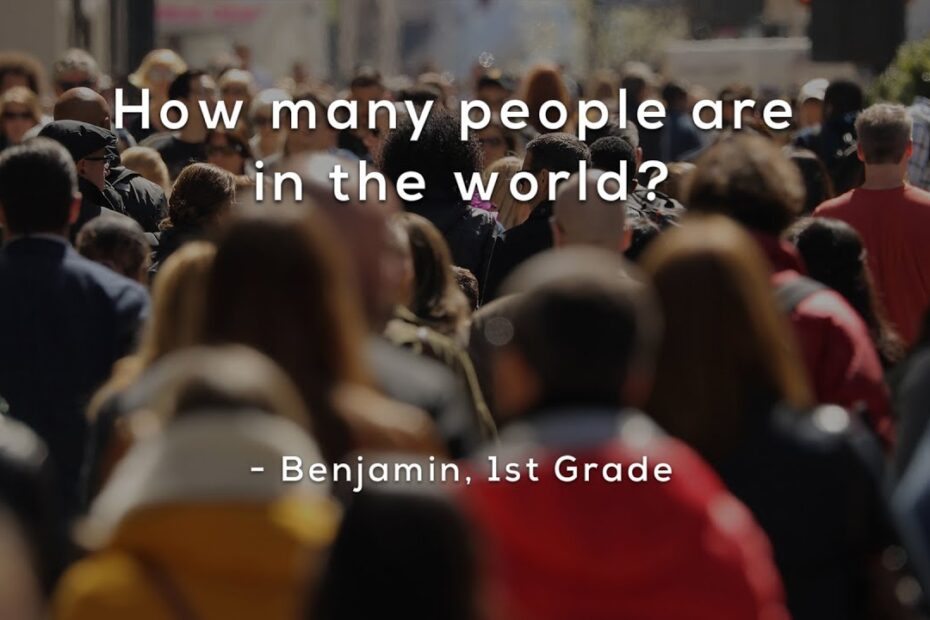The Current Global Population: How Many People Are on Earth in 2023?
8 Billion and Counting: The Party No One RSVP’d To
As of 2023, Earth’s population is roughly 8 billion humans—a number so large it could double as a badly overcrowded house party. Imagine if everyone showed up unannounced, devouring the guacamole, arguing over the thermostat, and questioning why the Wi-Fi is slow. That’s us. Right now. Scientists estimate we hit the 8-billion mark in late 2022, and we’ve been cheerfully (or chaotically) adding about 67 million guests per year since. For scale, that’s like adding the entire population of France, Greece, and Colorado to the guest list annually. Pass the chips.
The Human Ticker: How Fast Are We Multiplying?
To break it down, the planet currently sees:
- 4.3 births per second (roughly the time it takes to sneeze)
- 2 deaths per second (about the duration of a slightly awkward group text)
This nets us a 2.3-person net gain per second, or enough humans to fill a minivan every three seconds. While growth rates have slowed since the “baby boom bonanza” of the 1960s, we’re still on track to hit 9 billion by 2037. Mark your calendars—or maybe start practicing your “personal space” mantra now.
What Does 8 Billion Look Like? (Spoiler: It’s Ridiculous)
If you lined up all 8 billion people shoulder-to-shoulder, they’d circle the equator 192 times. Alternatively, if everyone jumped at once, seismologists would definitely notice—though sadly, no one’s organized this critical experiment yet. For a more practical analogy: 8 billion humans would require 1.6 billion Olympic-sized swimming pools filled with cereal to feed everyone breakfast. Or, you know, we could just share. Maybe.
So, there you have it: a planet teeming with humans, all just trying to remember their passwords and avoid stepping on LEGO bricks. Whether we’re overdue for a cosmic “capacity limit” sign or just need a bigger pizza, one thing’s clear—Earth’s guest list isn’t getting shorter anytime soon.
Understanding Population Growth: Factors Influencing Earth’s Rising Human Count
1. Modern Medicine: Because “Surviving Dysentery” Isn’t Just an Oregon Trail Meme
Once upon a time, plagues and infections trimmed the human herd like overzealous gardeners. Now? We’ve got vaccines, antibiotics, and doctors who (mostly) wash their hands. Diseases that once turned villages into ghost towns are now relegated to historical reenactments. Result? More humans sticking around to invent stuff like TikTok and self-heating socks. Who knew not dying young could be so… *productive*?
2. Agriculture’s Glow-Up: From “Hunter-Gatherer” to “Buffet Line”
Early humans spent their days chasing woolly mammoths and hoping berries weren’t poisonous. Fast-forward to genetically modified crops, vertical farming, and grocery stores that stock 17 types of hummus. We’ve basically hackathon-ed food production, turning scarcity into surplus. Key players:
– Fertilizers (the OG growth hackers),
– Irrigation systems (because rain is *so* unreliable),
– Tractors (giant metal cows that don’t poop).
3. The Baby-Making Paradox: Less Death = More Births, Apparently?
Here’s the plot twist: lower child mortality rates often lead to *fewer* babies per family. But wait—it takes a generation or two for humans to notice. In the meantime, grandparents keep side-eyeing millennials for “taking too long” to procreate. Meanwhile, cultures with strong social safety nets (looking at you, Scandinavia) have slower growth, while regions with limited access to education or contraceptives keep the stork working overtime.
4. Urbanization: Humanity’s Ant Farm Experiment
Cities are like human ant farms—dense, chaotic, and weirdly efficient. As rural areas shed jobs faster than a golden retriever sheds fur, people flock to urban centers. More cities = more infrastructure = more humans cramming into apartments the size of quinoa boxes. It’s a self-sustaining cycle: better healthcare and jobs attract people, who then attract more coffee shops, which attract more people… until we’re all just living in vertical latte art.
Bonus Factor: The ”Netflix and Chill” Effect—because nothing says “population growth” like cold winters, cheap rom-coms, and questionable decisions.
